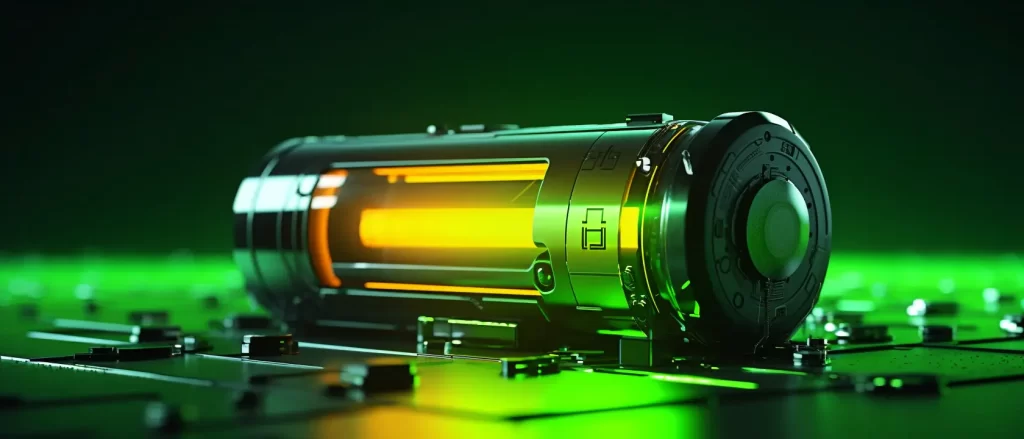
The lifespan of a LiFePO4 (Lithium Iron Phosphate) battery can vary depending on several factors such as usage patterns, charging and discharging cycles, and environmental conditions. However, under optimal conditions, LiFePO4 batteries are known for their long lifespan compared to other types of lithium-ion batteries.
Typically, a well-maintained LiFePO4 battery can last between 2,000 to 5,000 charge-discharge cycles. In practical terms, this can translate to approximately 5 to 10 years of use, assuming one full cycle per day. Some high-quality LiFePO4 batteries can even exceed these numbers with proper care.
Factors that can affect the lifespan include:
- Depth of Discharge (DoD): Regularly discharging the battery to very low levels can reduce its lifespan. It’s generally recommended to avoid discharging below 20-30%.
- Charging Practices: Using the correct charger and avoiding overcharging or undercharging can help extend the battery’s life.
- Temperature: Extreme temperatures, both hot and cold, can negatively impact the battery’s performance and lifespan. Keeping the battery within its recommended temperature range is crucial.
- Storage Conditions: If the battery is stored for extended periods, it’s best to keep it at a partial charge (around 50%) and in a cool, dry place.
By adhering to these best practices, you can maximize the lifespan of your LiFePO4 battery.





